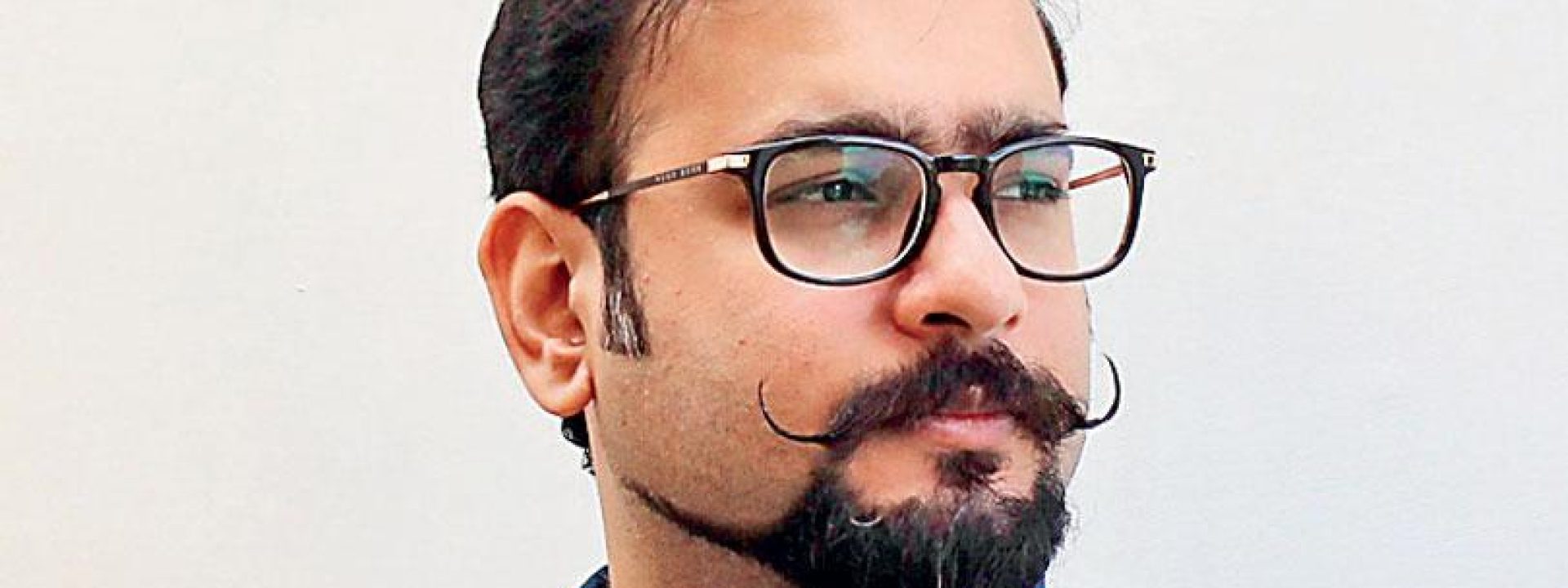In the labyrinthine lanes of Lahore, a city where history breathes through its brick and bazaars, a young boy once sat quietly, sketching on the back of a used envelope. Around him, the world whirred with rickshaws, mosque calls, and market cries. But he remained still, caught in the quiet gravity of a pencil and the possibility it held. That boy was Ahmed Javed.
Born in 1992 into a middle-class family, Javed’s early life bore the familiar expectations of South Asian households. He was to become an engineer, a profession that bore the twin virtues of status and stability. But in his heart, Javed was always pulling away, tracing lines of a different blueprint, one not made of concrete, but of color and craft.
His academic path began in pre-engineering, chosen more to honor a father working abroad in Dubai than out of personal ambition. Then, fate intervened in the form of a forgotten sketch. One day, his sister discovered a drawing he had absentmindedly created. To her, it was not just a doodle, it was potential. With her encouragement, he joined a local art studio and met a teacher who would ignite the spark that had quietly been waiting. “You could be a good architect,” the teacher told him. “But you could be a great painter.”
It was a simple sentence, but one that redrew the contours of Javed’s future.
Still, the path was fraught. Determined to let destiny decide, Javed committed to attempting the entrance exam for the National College of Arts (NCA) just once. He passed on his first try, no shortcuts, no second chances. That singular decision led him into the heart of one of South Asia’s most respected art institutions.
There, in the corridors of NCA, Javed encountered miniature painting, a meticulous tradition rooted in Persian and Mughal heritage. Initially just another course, it soon transformed into his primary language of expression. The medium’s precision, intimacy, and narrative style resonated with his temperament. But Javed did not simply replicate classical forms, he evolved them.
He began to depict modern-day creators: artists in their studios, everyday objects imbued with emotional texture, and moments of quiet labour. In doing so, he redefined the miniature, allowing it to speak in contemporary tones.
One such work, Imran Qureshi Studio, a tribute to his mentor, earned Javed the 2019 Sovereign Asian Art Prize, making him the first Pakistani artist to do so. The recognition, and its accompanying $30,000 reward, elevated his standing globally. Yet, Javed remained grounded. “It felt like I had proven something, not just to the world, but to the younger me,” he says.
His art has since been featured in Harper’s Magazine, written about by critics such as Sage Mehta, and exhibited across global stages, from Lahore to Atlanta and Zürich. Notably, exhibitions like Affordable Luxury (2024), a group show, and his solo presentation Panorama (2023) invite viewers into spaces of contemplation, where art becomes both diary and documentation.
Still, perhaps his most poignant legacy lies not in the accolades, but in the vision: to preserve the essence of creative lives through visual storytelling. In portraying other artists in their studios, Javed offers not just homage, but history.
“I imagine someone a hundred years from now looking at my work and understanding how we lived, how we worked,” he says. “Much like we look at miniatures to learn about Mughal life.”
In that way, Ahmed Javed’s art is a memory in motion.
Read the original article – LINK

